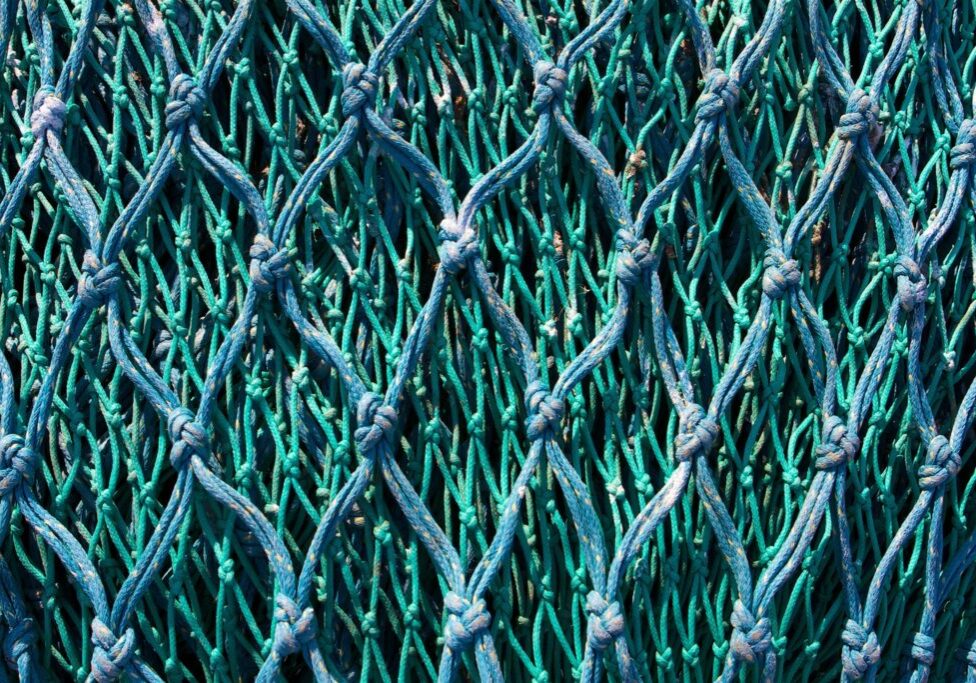
Mending the Nets
Recently, our team came across a blog published by the Center for Strategic Philanthropy and Civil Society titled “Hauling in the Nets,” written by Tony Proscio. The blog is an overview of a presentation (which you can view below) by John Ettinger, CEO of the Helmsley Charitable Trust, who makes some insightful critiques of – and suggestions for – building networks.
We believe that this post opened an important conversation about the value of networks, and we are happy to contribute to that conversation. In our guest post on Tony’s blog, we tackle some of the concerns Mr. Ettinger expressed about networks, and we suggest ways to ensure a network is high-performing.
Because we believe it is more meaningful and important to work with network managers to help them understand and correct what has gone wrong with an existing network―or even more importantly, how to best design, encourage and tend to their networks in the first place.
Most of all, we are grateful to those who kicked off this discussion and we look forward to deeper conversations―because networks, when built and managed correctly, are real structures that have a proven capacity to deliver excellent results. So watch the video below, and then click on over to Tony’s blog or read on below our take on why networks are so important.
Don’t “Haul in the nets”, Repair Them!
Last semester’s talk by John Ettinger, about foundations’ efforts to network their grantees, continues to draw a lot of thoughtful reaction. This guest post comes from an expert on the topic, Marty Kearns of Netcentric Campaigns.
In a recent post, Tony Proscio recalled a presentation by the president of the Helmsley Charitable Trust, John Ettinger, arguing that when foundations group their grantees into networks it “may lead to quicker learning and more efficient operations.” Or, Tony quite rightly points out, sometimes “it leads nowhere at all.”
It’s a painful truth. Networks sometimes fail―or at least fail to meet their full potential. The good news is that when networks fail or struggle, there are identifiable (and correctable) reasons. Through our work helping foundations and large nonprofits build networks, my team at Netcentric Campaigns and I have focused what we call the Seven Elements of an Advocacy Network―elements that need to be present for a network to reach its potential.
- Social ties between people of the network are weak or non-existent. In these cases, there is also a lack of trust, reduced collaboration, and difficulty in solving problems between members.
- The communications grid may be poor or missing completely. When it is not easy for people to have conversations, align work, find each other, broadcast news, or build an identity, the network cannot reach its full potential.
- A common language has failed to develop―the managers and leaders of the network are not clarifying and reinforcing the use of terms needed to ease interactions between people. This leads to miscommunication and difficulties in collaboration.
- A vision for the network is fuzzy and unclear, and people struggle to establish a culture and lens through which they can focus on their activities.
- Shared resources are lacking, so that network members sometimes spend valuable time and money duplicating one another’s effort instead of pooling their skills, talents, experience or services.
- Actors, those who drive the activities of a network, aren’t known or are too homogeneous. The result can be a shortage of fresh ideas and approaches to problem-solving.
- A feedback mechanism, which enables leaders, actors, and other participants to understand the trends, resources, and needs of the entire network, may be insufficient. This can leave the network blind to critical information that could help improve it.
Tony noted that network members sometimes complain of “being dragged into nets like schools of tuna”—a problem these seven elements could help solve. If there were shared resources that saved network members time and money and helped them be more effective in their work, would they still feel they had been “dragged in?” Instead, they might more easily recognize the network’s value to them and to their work and be less reluctant to join.
Mr. Ettinger also noted a tendency among funders to lack, as Tony put it, “a clear idea of what they want a network for, or how much of an investment it would be worth once in place.” To avoid this common problem, we always start with a Network Opportunity Assessment, a research-based way to figure out who needs to be connected to make the desired change happen, and how we can attract those people into the network.
Networks are susceptible to universal challenges that can plague any organization, coalition, foundation, community or group. In fact, networks are probably more susceptible, due to their interconnected nature and the complexity of their interactions. When a network lacks one or more of the Seven Elements identified above, it can experience cascading failure―collapsing quickly, completely and spectacularly.
As the earlier post suggests, there may be occasions when it is time to “haul in the nets.” But I believe it is more meaningful and important to work with network managers to help them understand and correct what has gone wrong with an existing network―or even more importantly, how best to design, encourage, and tend to their networks in the first place. Because networks, when built and managed correctly, are real structures that have a proven capacity to deliver excellent results.
